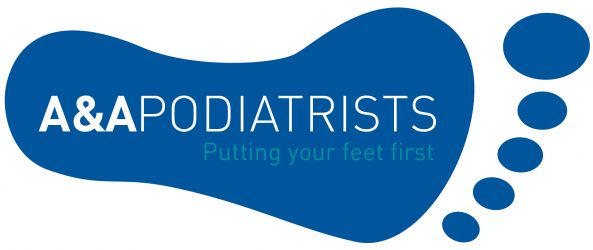Diabetic Foot Assessment
It is recommended by NICE guidelines to have a specific annual assessment and consultation as a minimum regarding the feet. This assessment and consultation would consider the circulation, sensation and care of the feet and categorise the risk of developing complications. Appropriate advice and treatment plan if suitable would be provided.
The assessment we provide at A&A Podiatrists uses a Doppler handheld device to listen to the circulation in the feet. This can be compared to the circulation in the arm to detect any reduced blood flow.

The sensation is assessed to see if sharp and light touch is present. The shape of the feet and bones as well as the foot care and nails are considered too.

Diabetic complications can cause significant problems and many can be prevented with care and advice. If the feet are numb then a patient may be slow to detect a shoe rubbing. If the circulation is reduced then the skin may be thin or healing would take longer. Other factors that may affect those with diabetes can be the small blood vessels in the eye. This may affect the sight making it hard to inspect the feet.

We advise an annual assessment specifically to examine and discuss foot care. We also advise a daily inspection of the feet looking for cuts or bruises or red areas of rubbing. Avoid walking barefoot. Cut and file the nails to make sure they are smooth if you are able. Make sure shoes are soft and well fitted. Attend for regular podiatry or nail care regularly as needed instead of waiting for your feet to hurt.


